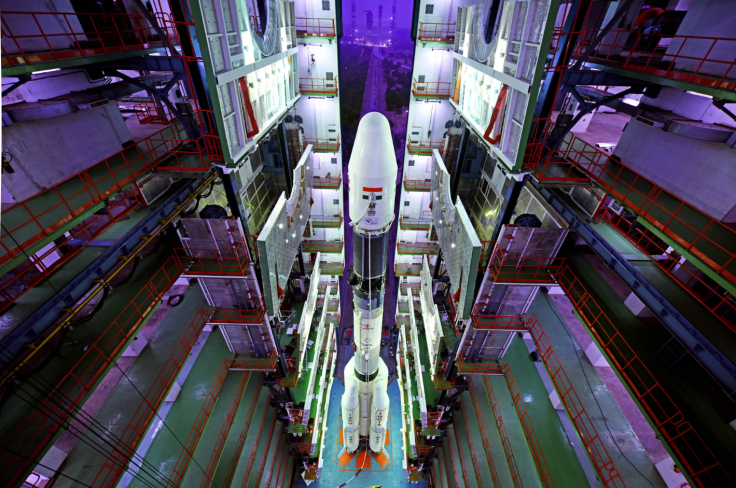GSAT-6A: When And Where To Watch ISRO’s Communication Satellite Launch

Indian Space Research Organization, aka ISRO, has initiated the 27-hour countdown for the launch of a high-power communications satellite, GSAT-6A.
The satellite will launch on a Geosynchronous Satellite Launch Vehicle or GSLV Mark II, the largest Indian rocket currently in operation, from the Satish Dhawan Space Centre in Sriharikota Thursday, March 29.
The vehicle, which will be on its 12th flight, will blast-off at 4:56 pm (IST) and position the satellite into orbit within the next 17 minutes, NDTV reported.
GSLV-F08/GSAT-6A
— ISRO (@isro) March 28, 2018
The 27 Hrs Countdown activities for the launch of GSLV-F08 / GSAT-6A Mission have started at 13:56 Hrs IST on Wednesday, March 28, 2018.https://t.co/YWvgUeyETw
ISRO has designed GSAT-6A to serve as a long-term communications tool for the next 10 years. Essentially, the 2-ton satellite will serve as a platform for the space agency’s developing mobile communication technologies like the six-meter-wide 'unfurlable antenna', which will spread its arms and combine satellite data with handheld ground terminals to enable communication from anywhere.
This will be the second Indian satellite of this kind in orbit after GSAT-6, which performed the same function but did not have the high thrust Vikas engine and an electromechanical actuation system. Some reports suggest the satellite may also have some military applications, but specific details have not been revealed.
ISRO will livestream the entire launch event on its official website from 4:30 pm (IST). The move is being seen as another major stride from the space agency, which recently delayed its second mission to the moon, Chandrayaan-2.
Initially, the Chandrayaan-2 mission was scheduled to launch on April 23, but now, it will lift-off in the first week of October. As this is the first time the agency is sending an orbiter, lander, and rover to the moon, ISRO chairman K Sivan said they need to conduct more tests to make sure everything goes as planned.
As part of the mission, the orbiter will take a month or two to reach the lunar orbit. But once there, it will release the lander, with a rover within it, for a controlled descent towards the surface of the Moon.
After completing a soft landing on the lunar surface, the six-wheeled rover will be deployed to explore the landing site, conduct chemical analysis, and send images and data back to Earth. The robotic vehicle will spend 14 days on the surface of the satellite.
© Copyright IBTimes 2024. All rights reserved.




















